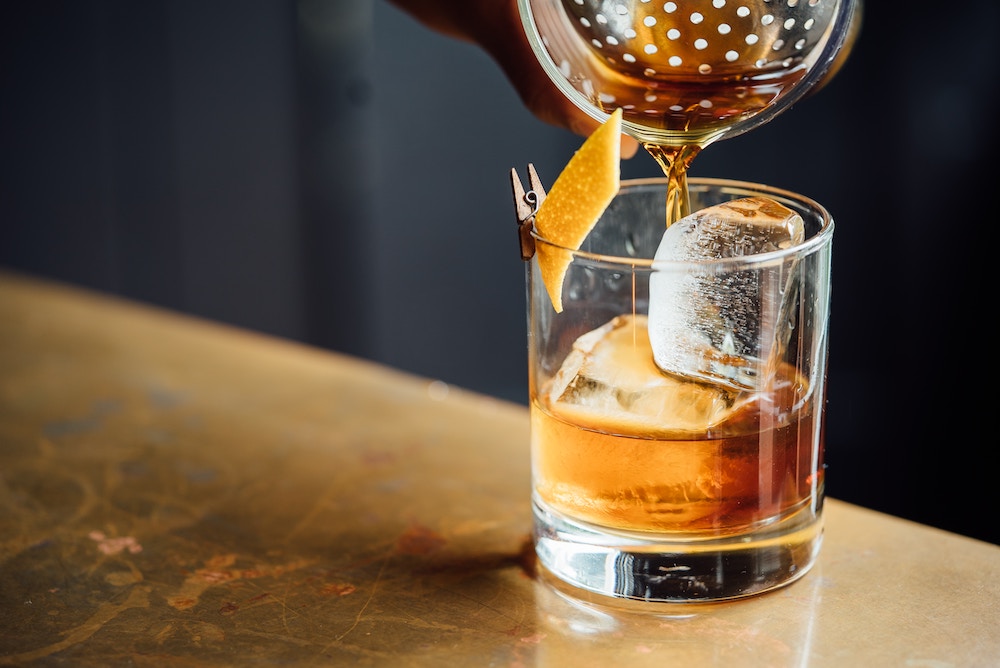There’s an old story in the whiskey world:
Before trucks and bottling lines, all American whiskey was aged and shipped in barrels, soaking up the flavor as it sloshed down the Mississippi River. Eventually, people took a particular liking to the barrels marked “Bourbon County, Kentucky.” They started clamoring for “bourbon.” And that’s how that whole thing got started.
There are many delicious types of whiskey or whisky, but bourbon and Scotch are two of the most beloved varieties. While both are known around the world and are strongly associated with their places of origin, that’s where the similarities stop.
There are many whiskey stores online which will serve you both but getting to the key points before that is a must.
Here are the key differences between the two spirits.
The “whiskey” spelling is used for American and Irish spirits, including bourbon. Conversely, “whisky” is used by the rest of the world, including Europe, Australia, Japan and, of course, Scotland.
Regardless of spelling, all whiskey must be distilled to a minimum of 40 percent and a maximum of 94.8 percent alcohol by volume (ABV).
Bourbon is whiskey; Scotch is whisky.
Location
Scotch: No prizes for guessing this one: Scotch whisky must be made in Scotland. Not only that, to use the term ‘Scotch whisky’ on the label, the whisky must be bottled in Scotland, too (with the exception of blended whisky).
Japanese whisky, for example, is similar to Scotch in many ways. But it’s not Scotch, because it’s made in Japan.
Bourbon: Contrary to popular opinion, bourbon does not have to be made in Kentucky. It can, in fact, be made in any US state, but the limestone water found in Kentucky makes it an ideal location – the limestone filters out impurities such as iron.
Ingredients
Scotch: Scotch single malt whisky must be made with 100% malted barley, which is Scotch’s primary ingredient, along with water and yeast; grain whisky is generally made with a combination of malted and unmalted barley, as well as wheat.
Scotch producers are permitted to include other whole cereal grains for coloring.
Bourbon: Bourbon must be made with a basic recipe (‘mash bill’) of at least 51% corn (maize), with the remainder made up of rye, wheat, and barley.
The greater the proportion of corn in the recipe, the sweeter the bourbon; rye-heavy bourbons will have a spicier taste. Because of its sweetness quotient, it is often termed as whiskey for women.
Distillation
Scotch: The method in which Scotch whiskey is distilled depends on the style or category: single malts are generally double-distilled (sometimes triple-distilled) in pot stills, while grain whiskeys will be distilled in a column still.
As always, there are exceptions: Mortlach single malt, for example, uses a complicated ‘2.81’ system involving a combination of pot stills.
Bourbon: Almost all bourbon is firstly distilled in a column still, then the spirit undergoes a second distillation in a modified copper pot still known as a ‘doubler’ (or ‘thumper’).
Bourbon must be distilled to no more than 80 percent alcohol (160 proof) and be no more than 62.5 percent when put into casks for aging in new charred oak barrels.
Maturation
Scotch: Scotch must be aged for no less than three years. Within Scotch, though, there are additional distinctions as well. For instance, a single malt Scotch is made with malted barley in pot stills at a single distillery and blended Scotch whisky is made by combining several single malt whiskey with other whiskeys in column stills.
Scotch distillers have much more freedom when it comes to aging their whisky, and use a huge variety of casks, including those which formerly contained wine, port, or even Cognac.
Bourbon: Bourbon has no minimum aging period, but to call your product Straight Bourbon, a specific distinction of quality, it must be aged for no less than two years and have no added coloring, flavor or spirits. The other big difference between the Scotch whisky and bourbon is the climate.
The warmer temperatures of Kentucky mean that evaporation rates are much higher, so the bourbon matures much quicker than its Scottish equivalent – about twice as fast.
FLAVOR
Scotch: While both can have smoky, charred notes, Scotch and bourbon develop these traits through different means.
Bourbon draws its oaky, vanilla-like flavors from the charred surface of the barrels in which it ages, whereas Scotch’s smoke comes largely from peat burned in the barley malting process.
Bourbon: When comparing Scotch whisky and bourbon, it is impossible to say whether one is better than the other; it is more a question of which spirit you prefer. Most bourbons are made in an approachable style, but there are plenty of Scotch whiskeys that are soft and subtle, too.
Both are a must-have whiskeys.
We would recommend trying a few of each and building your whiskey repertoire – stores have plenty to choose from!
Whiskey for women, men of different age groups, you would get everything you like. Happy drinking.
Written by Sara O Brown




